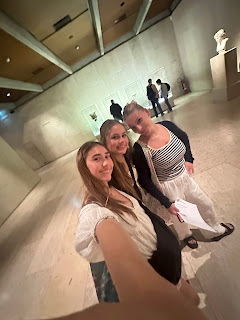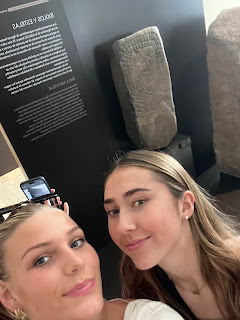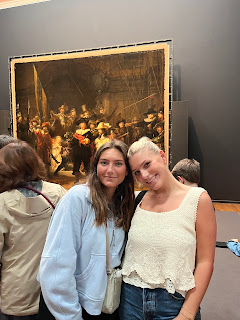Vienna Woman: Your Choice

For my Vienna woman of choice, I decided to write about Elisabeth “Sisi” of Austria. She was the an empress, and known for her beauty and tragic life. She married Emperor Franz Joseph I of Austria when she was 16. He was known to be extremely smitten with her, though we do not fully know if she reciprocated it back. Elisabeth had a lot of social responsibilities as Empress. She frequently tried to flee the strict procedure of the Habsburg court, since she felt it to be burdensome. Sisi was well-known for her independent and rebellious personality traits—qualities that frequently caused her to defy the norms of her position. Sisi was instrumental in the Austro-Hungarian Compromise of 1867, which created Austria-Hungary's dual monarchy. Tensions between the Hungarian nobles and the Austrian court were lessened in part due to her influence. Also, Sisi gained recognition as a fashion symbol thanks to her intricate hairs...






















